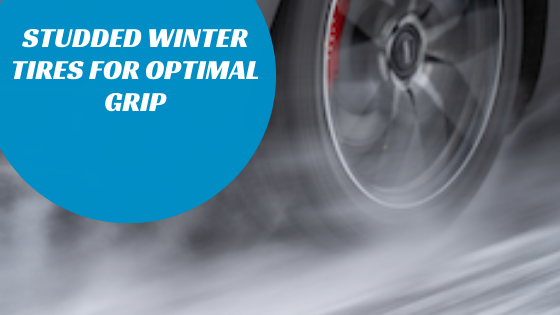When winter approaches, it can cause anxiety even for the experienced drivers. By using premium winter tires or all-weather tires you are well equipped to drive on all kinds of winter road conditions, you might have a challenge when you need to drive on snow and ice. In many states in the United States, winters can come without many indications, which can be dangerous especially if you don’t have proper tires on your vehicle and have some basic understanding of how to drive on snow and ice.
Besides using premium tires, it is important that you familiarize yourself with some safety tips for driving in winter conditions. Even experienced drivers find it challenging to drive on snow and ice. There are some things to consider. The first is how to steer on snowy and icy surfaces. It is important to keep smooth, careful, and precise movements of the steering wheel so as not to cause skidding that can also occur with hard accelerations, oversteering, braking or speeds too fast for the conditions. The second is that braking or stopping on slippery surfaces requires a longer distances. Drivers proficient at driving and braking on slippery surfaces need also be aware of the additional dangers. The braking distance is on ice is twice as long at 0 degrees Fahrenheit than at 32° F.
Armed with some good quality tires and some basic knowledge on how to drive on snow and ice, you will be able to enjoy the winter months without anguish. Whether choosing winter tires or all-weather tires, you will be prepared to drive on both snow and ice without problems. You are keeping in mind some basic winter driving safety tips.
For more information on which all-weather tires to choose, visit www.nokiantires.com
